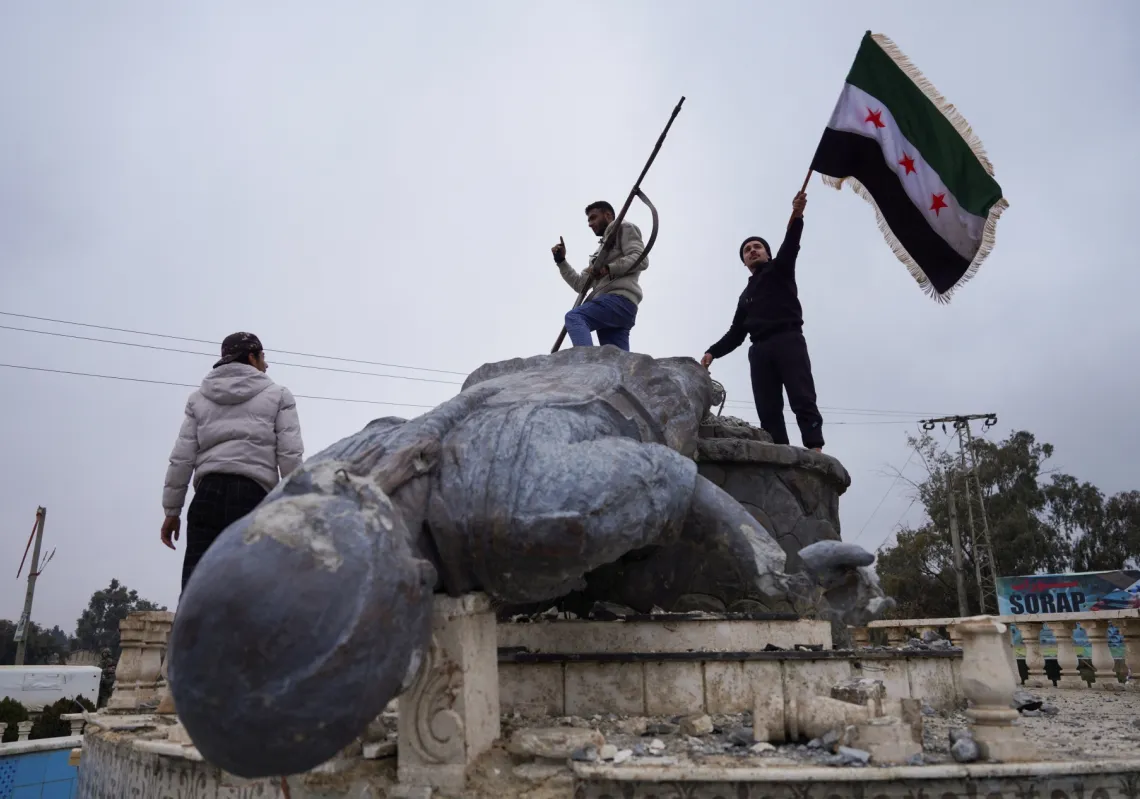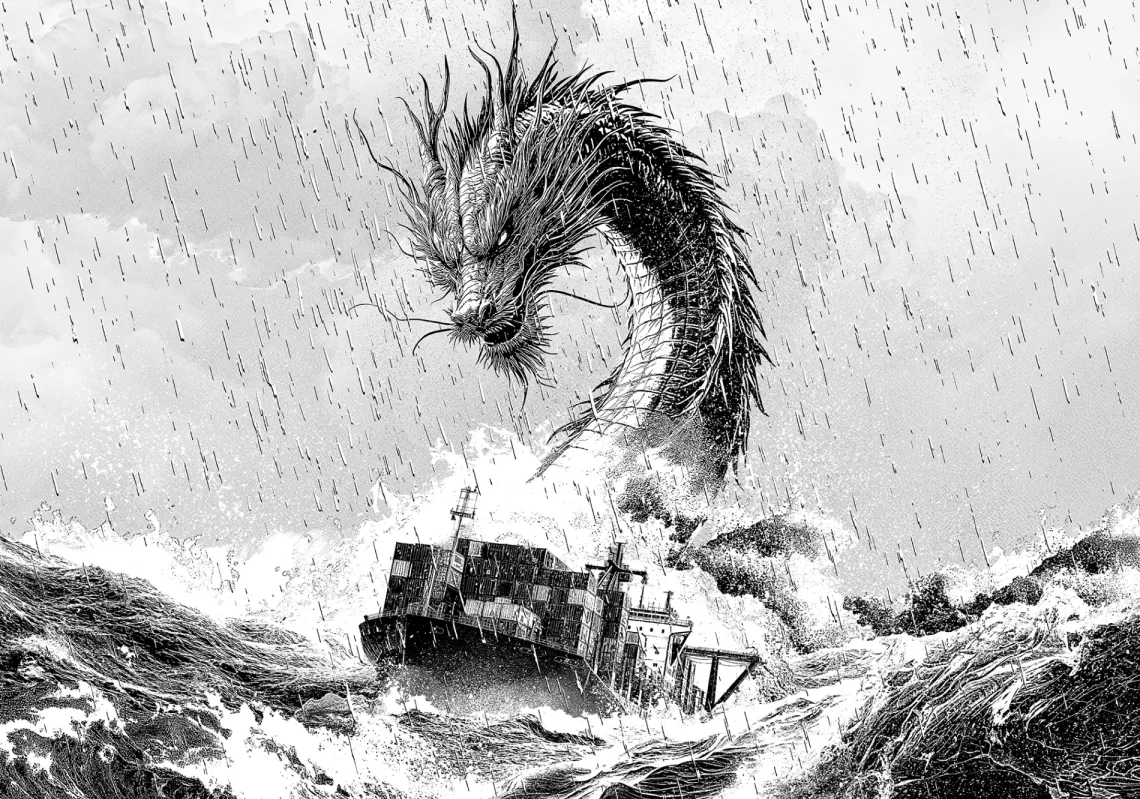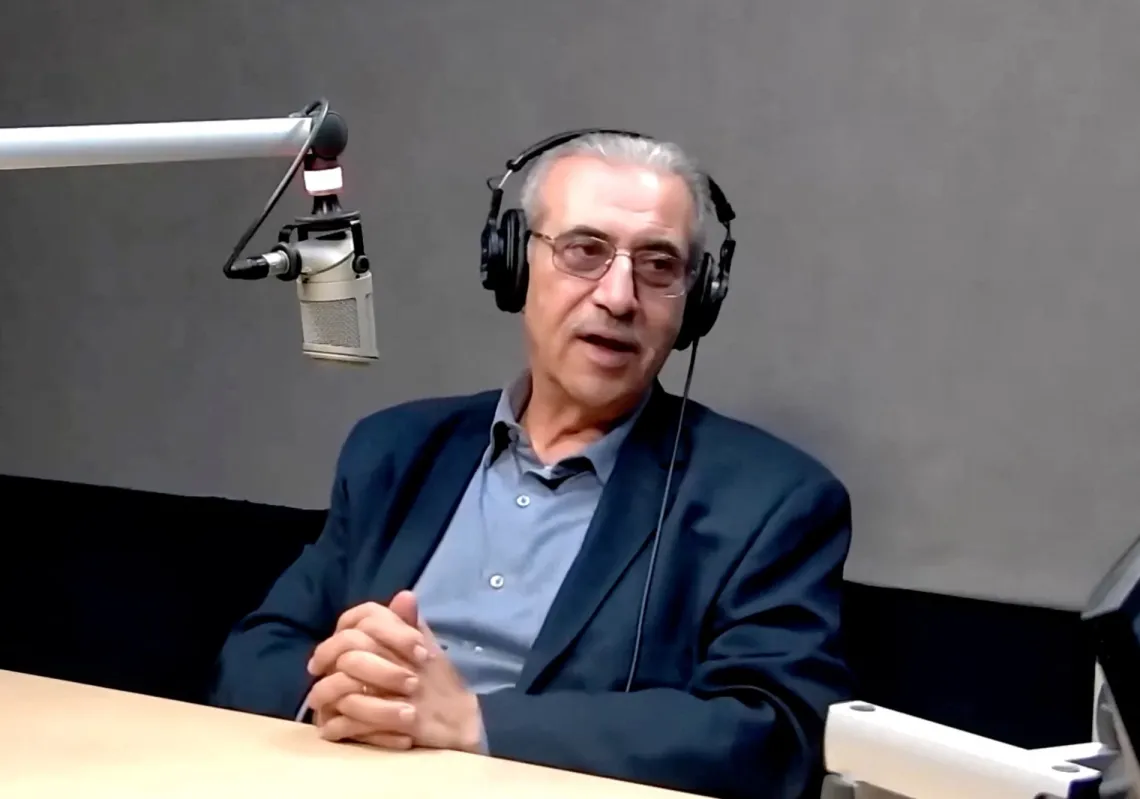In February 1973, a mere eight months before his untimely death, the artist Saeed Adawi held the only exhibition during his lifetime to showcase his work.
His reputation has grown in the 50 years since his passing at the age of 35. Cairo is now showcasing 182 pieces of his art, spanning calligraphy, engraving, and painting at the Art Complex in Zamalek's Aisha Fahmy Palace.
Entitled Saeed Adawi: Sudden Absence, Permanent Presence, the exhibition is unprecedented in its scope and comprehensiveness. But what significance does it hold on the Egyptian and Arab art scenes?
The Alexandria-born visionary undeniably occupies an important place in the history of the Egyptian art. His determination to experiment helped liberate the country’s visual arts from the confines of traditional pairings of Pharaonic heritage and rural landscapes, bringing a modernity to the country’s scene.
Neither can his wider significance be overlooked, at the Arab-world level. Adawi introduced a revolutionary style that drew inspiration from the nuances of real life, inspired by open engagement with global art.
He was representative of a new generation of artists who revolutionized the perception and understanding of art. His paintings show glimpses of the early style of Morocco’s Farid Belkahia and Iraq’s Dia Azzawi.
Curiously, it’s doubtful that these two painters were even aware of Adawi. But they were also influenced by the same global artistic currents and were also trying to break free from the confines of traditional local and regional art.
A visionary and a pioneer
Often Described as “irreplaceable”, “avant-garde” and an “icon of contemporary Egyptian art”, Adawi founded an experimental collective alongside Mahmoud Abdullah and Mustafa Abdel Moati.
The depth and originality of his experimentation influenced many artists who are now considered among the pillars of modern art in Egypt, including Alexandria’s Seif Wanly.

Wanly likened Adawi to Van Gogh and Sayed Darwish, for "his time on Earth was regrettably short, yet he left behind an extraordinary and inspiring legacy."
Curated by artist and Art Complex manager Ali Saeed, the exhibition opens with a replica of the renowned “Abdel Nasser Funeral Procession”, the original being unavailable in Egypt at the moment.












